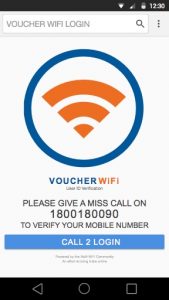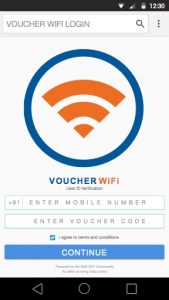Tip: Try Muft’sWiFi authentication and user identity (ID) verification software
Governments around the world have laws that control Internet access at public WiFi Zones or guest WiFi hotspots.
Unlike home networks that are secure with a WPA password – WiFi Login systems works differently when it comes to creating public WiFi zones.
For instance; most local laws require that the WiFi Providers (cafe, hotel, event hall, shop etc) have a secure WiFi authentication or sign-in system. This system ensures clear user ID verification and database management.
With this blog post we try to explain how secure and legal WiFi authentication of users can be done via 3 different methods:
Method 1: WiFi Authentication: User ID verification via Mobile Number Capture & SMS OTP

In this method you can use a WiFi management software (or radius server and an SMS gateway) to authenticate users entering your WiFi zone.
The first step is to capture the mobile number and device MAC. This data needs to saved it in your local/cloud database* – you need to ensure that such users are verified. To do so there are two possible options:
*in most countries like India - the WiFi provider is legally required to store user’s MAC address and phone number for a period of 12 months.
The next step is to verify this number with an SMS access code.
In recent times, softwares like Muft WiFi provide call-to-login features in which the user has to make a phone call to get Internet access.

Method 2: WiFi Authentication via User ID & Voucher Capture

This method can be only used if you have a way to register and verify each user through an independent system (e.g. a register with user’s contact details and a copy of each user’s photo-ID proof.) This method is popularly used in hotels where device ID, account ID and voucher code is captured for user authentication.
Method 3: WiFi Authentication via Social Logins*
This method is still NOT a legal way to authenticate users in most countries like India. Please check your local laws before deploying this method of authentication.
Bonus Method: WiFi Authentication via Human or Not Captcha.
This method is recommended in countries like Estonia where user verification may not be needed but it but network terms of use and a privacy policy needs to be mentioned during authentication
